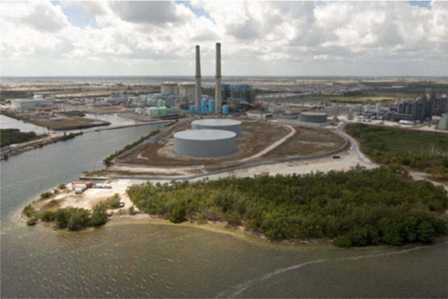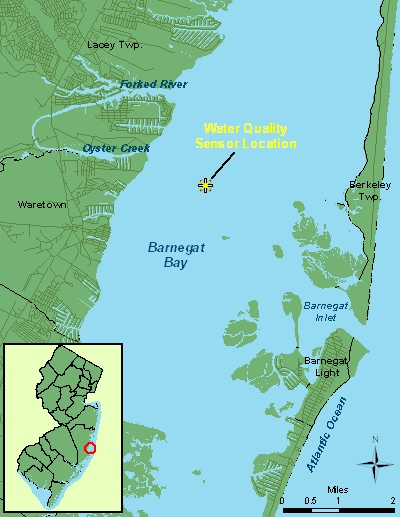China has great ambitions for nuclear power. In addition to construction of dozens of new domestic nuclear power reactors, China is aggressively marketing nuclear power to other nations, such as Argentina. The China National Nuclear Corporation has signed a preliminary agreement to build a nuclear power reactor for the South American country based on the first Chinese designed reactor, the Hualong One. A final contract is to be signed in 2017.
In order for the deal to go forward, China must provide all the financing for the project. Several government agencies in China are demanding conditions for the loan. They say that in order to provide the money, Chinese companies must be “given priority in all aspects, including design, construction and fuel cycle.” Argentina is concerned about the demanded conditions because the construction of the first Hualong One reactor in China is behind schedule. That is why the Argentineans want to wait until 2017 to sign the final contract.
Argentina’s state nuclear power company, Nucleoelectria Arengetina SA (NASA) intends to add three gigawatts of nuclear power in the next decade. In addition,f gigawatts of nuclear power must also be added to replace aging nuclear power reactors that will be retired around 2035.
NASA has plans to begin construction of a six billion dollar eight hundred megawatt pressurized heavy water reactor in 2016 at the Atucha Nuclear Power Plant Complex in Buenos Aires where two reactors are already located. The Atucha 3 will be a CANDU reactor partly developed by Canada.
The second Argentinean project which is just in the preliminary planning stage will be the seven billion dollar Chinese eleven hundred megawatt pressurized light water Hualong One. It was supposed to begin construction in 2017 but with Chinese insistence that Chinese components are essential to the project, the project cannot proceed until after the contract is signed in 2017. The site for the reactor has not been chosen yet. Several different Chinese companies are involve in the project to build the second reactor.
There are several reasons that Argentina chose China to build a nuclear power reactor. China is willing to finance the reactor construction project. China will provide up to seventy percent of the components and the rest will come from Argentina. China will provide one hundred percent of the civil work needed for the reactor. And, finally, China will transfer nuclear technology for pressurized water reactors to Argentina.
The next target for Chinese nuclear technology exports is Egypt. Two of the main sources of Chinese oil imports, Saudi Arabia and the Sudan, are also on the list of potential customers for Chinese nuclear exports. The list was circulated by a Chinese state council in an Energy Development Strategic Action Plan 2014-2020 at the annual meeting of the China Nuclear Association, a nuclear industry lobbying group. The plan states that China has signed nuclear cooperation agreements with sixteen countries. The plan emphasized the Middle East, South Africa and Turkey as very important customers. The European countries of Poland and the Czech republic were also on the list.
There is stiff competition between Chinese nuclear technology firms to lock up foreign contracts. However, rumors have been circulating that the big four Chinese nuclear companies may merge into a single company. The China Institute of Atomic Energy is pushing for the creation of such a merged company in order to have a ” single well known Chinese nuclear brand which can compete with international brands like Areva and Westinghouse.”
Atucha Nuclear Power Plant:






